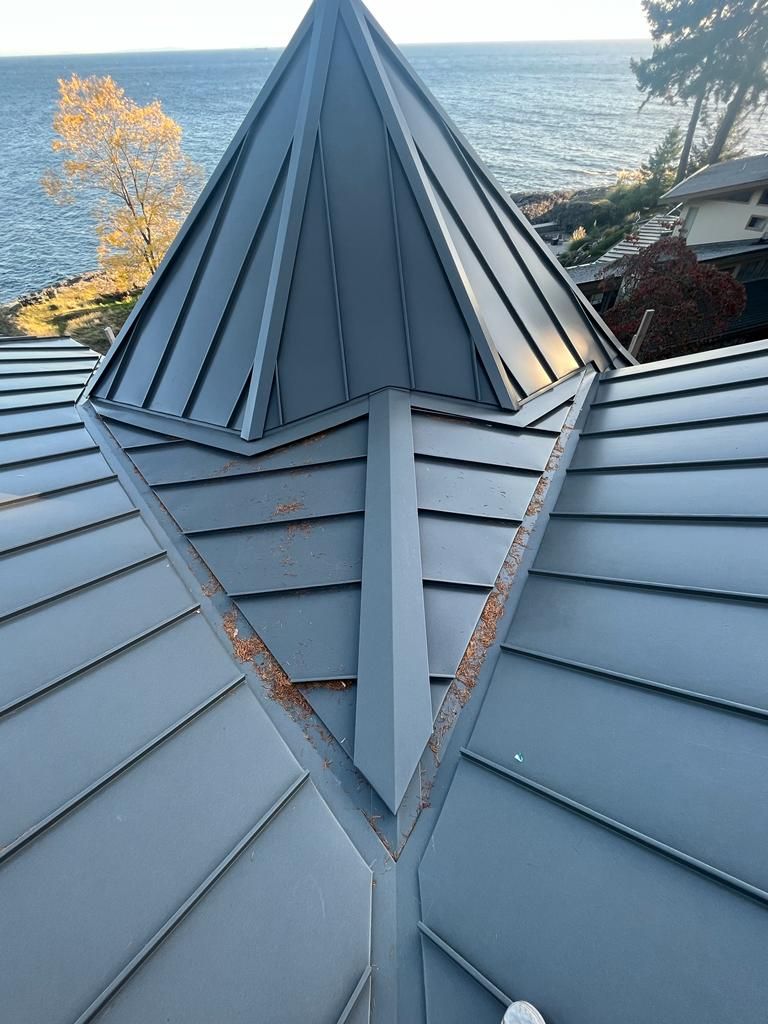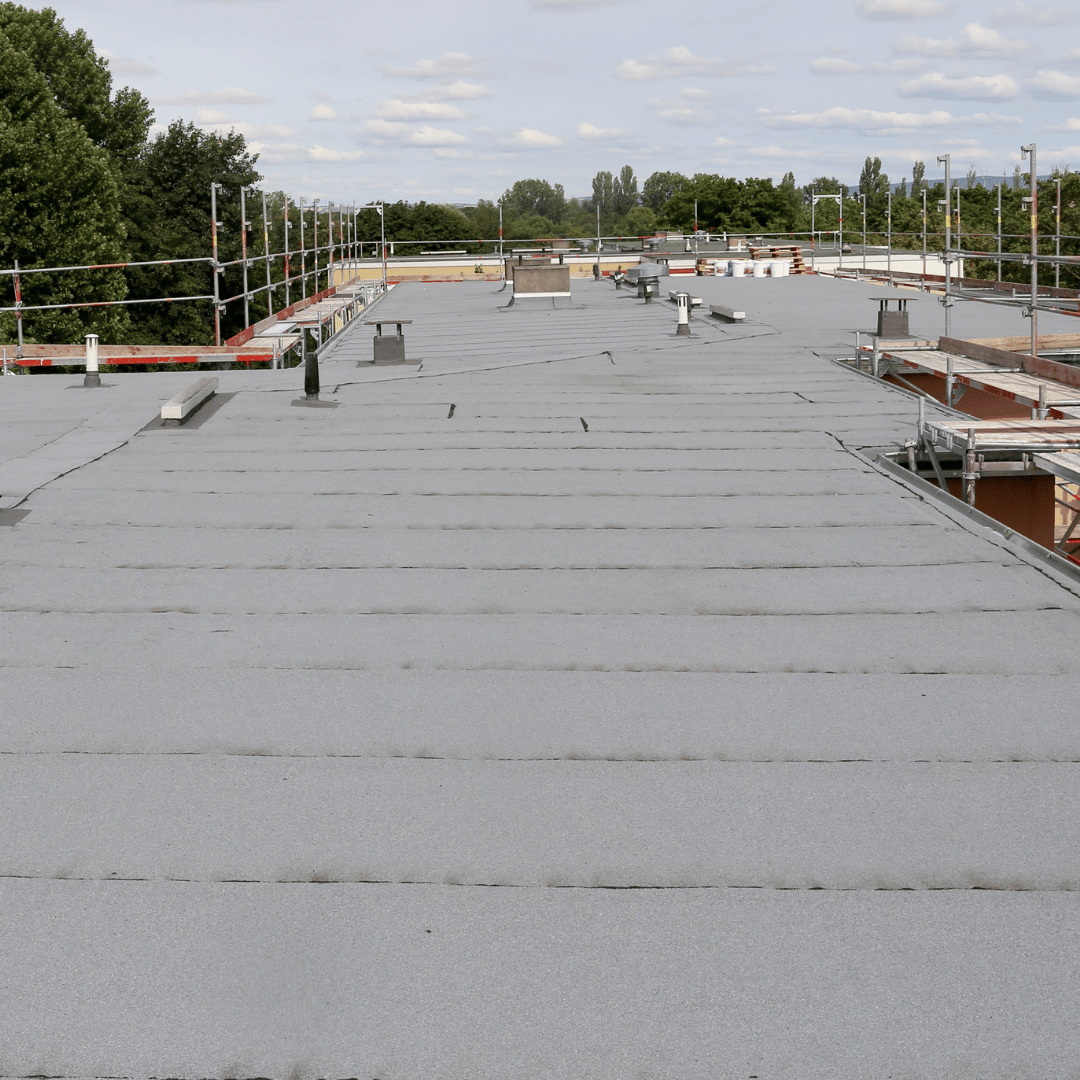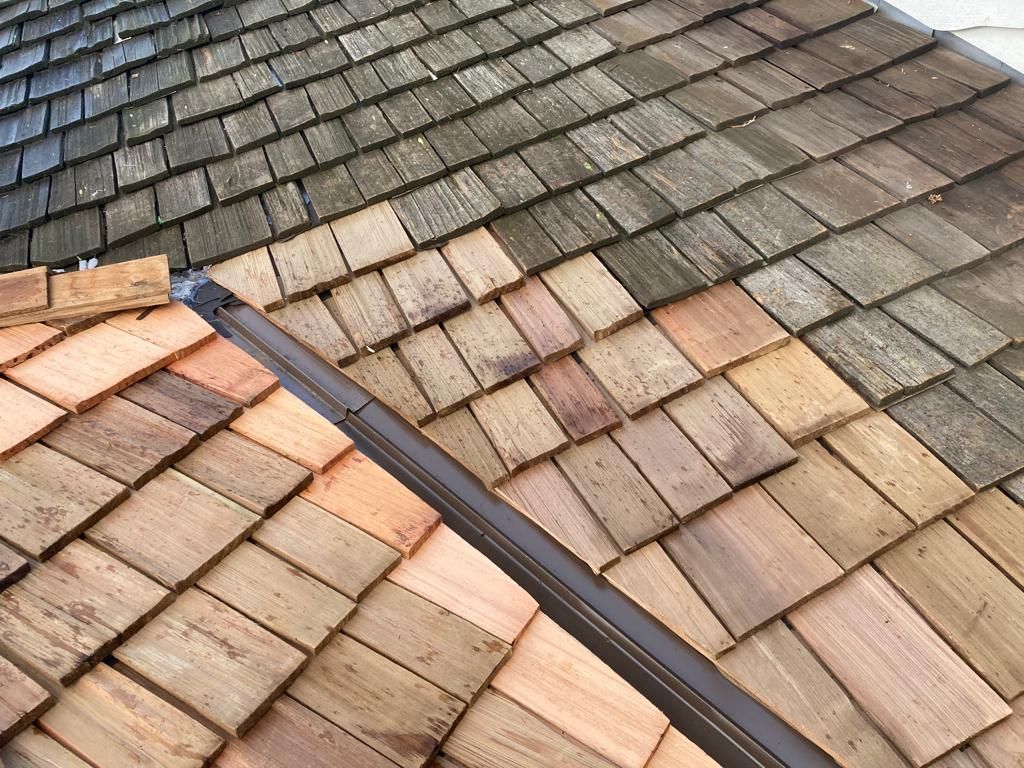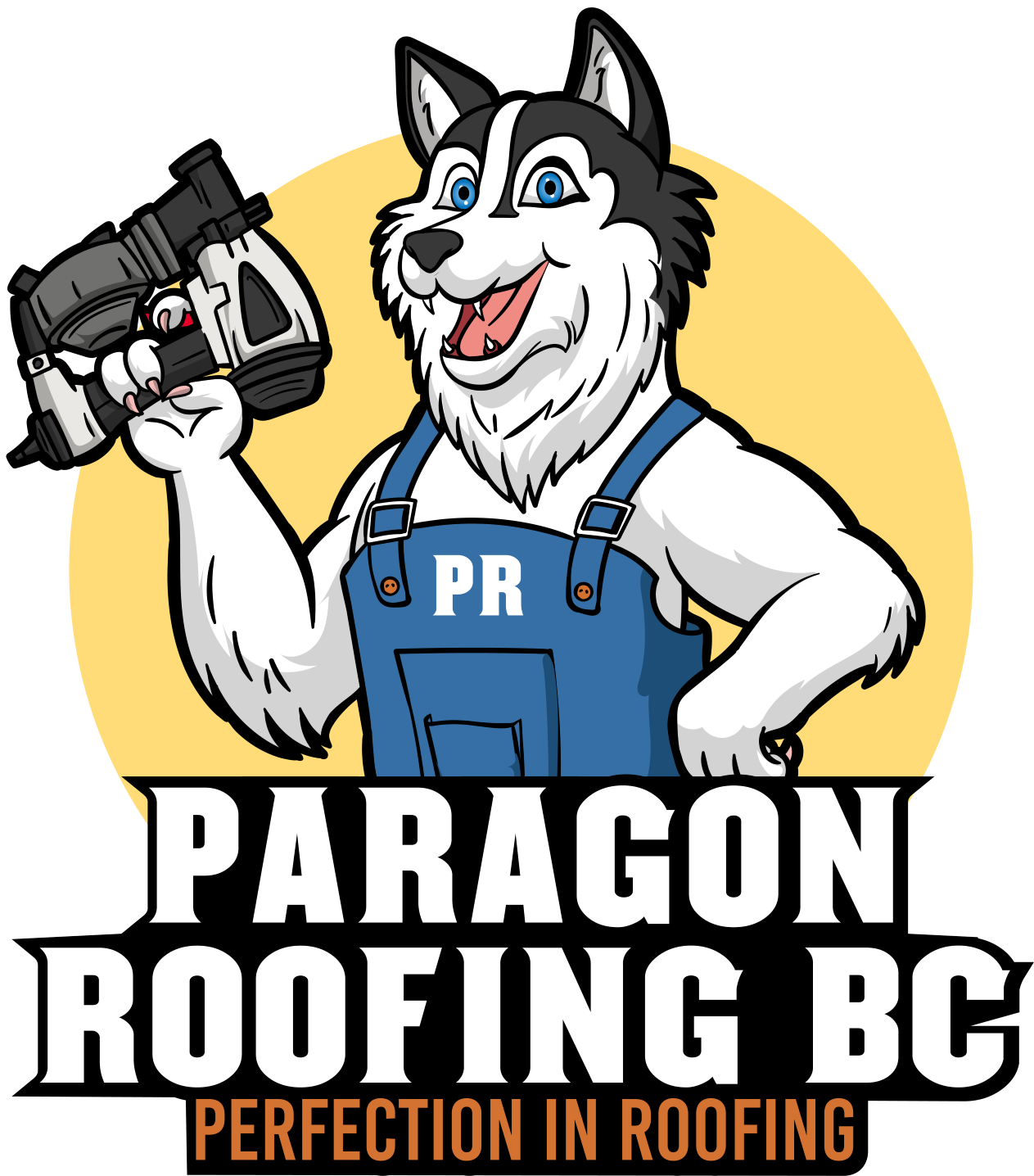Call Today
12233 92 Avenue, Surrey, British Columbia V3V 7R9, Canada
Reach Out
CALL US TODAY · 604-358-3436
Expert Insights on Metal Roofing in Vancouver: A Comprehensive Look from Paragon Roofing BC
Metal Roofs in Vancouver are a Standout, Learn More!
[A Brief Word Before We Dive In]
I’m Harman from Paragon Roofing BC. We all know that Vancouver and the surrounding areas like Surrey, Delta, and beyond can get their fair share of wild winter weather—and it’s no joke when it starts to mess with your roof. So, let’s talk about metal roofing in a way that’s straightforward, loaded with real experience, and respectful of the many questions you might have. We’ll tackle winter storms, building codes, maintenance tips, and everything else you need to know. By the end of this, you’ll be armed with solid know-how and feel a little more confident about your roofing decisions.
Quick Summary of Key Points
- Local Winter Storm Realities: Vancouver’s climate is rain-heavy in winter with occasional bursts of ice and snow, and these conditions contribute to roof leaks, structural stress, and material wear.
- Metal Roofing Advantages: Durability, water resistance, and longevity make metal roofs a strong contender for homes and buildings in the Lower Mainland.
- Winter Disaster Experiences: Real stories of catastrophic leaks, ice damming, and collapse risks highlight the importance of proactive roof care.
- Local Stats and Trends: Meteorological data indicates several high-intensity rain and wind events each year, with at least 3–5 significant snow events in Metro Vancouver.
- BC Building Code Insights: Requirements revolve around snow loads, proper drainage, and materials that withstand heavy rainfall—especially critical in regions prone to wet winters.
- DIY Maintenance Approaches: Simple strategies such as checking fasteners, clearing debris, and addressing small rust spots can help extend your roof’s lifespan.
- Professional Intervention: Certain tasks like large-scale repairs, complex flashing work, and advanced leaks call for trained expertise to ensure proper repair.
- Long-Term Strategies: Ongoing maintenance, inspections before and after storm seasons, and awareness of materials can prevent costly damage and keep your roof resilient.
1. Understanding Vancouver’s Climate and Impact on Roofing
Saying Vancouver gets a fair bit of rain is like saying the Pacific Ocean is a little wet. We can see anywhere from about 1,200 mm to 1,500 mm of rainfall annually depending on your specific spot in the Lower Mainland. While areas closer to the North Shore mountains (like North Vancouver) get the brunt of orographic precipitation, even places like Surrey and Delta receive quite a bit of soggy weather.
Snow might not be a daily winter ordeal in most parts of Metro Vancouver, but when it does come, it can fall heavily, wet, and fast. In an average winter, we typically see 3–5 snow events that can bring a few centimeters to over 30 cm in some localized areas. According to Environment and Climate Change Canada, we also get about 11 or more storms between November and March capable of producing significant precipitation and wind gusts up to 60–80 km/h.
Roofing Implications:
- Moisture Load: Constant moisture can lead to corrosion, mold, and rot if your roofing material or underlayment isn’t up to par.
- Sudden Snow Loads: Heavy, wet snow can add immense stress on a roof structure, especially if it piles up or refreezes into ice.
- Wind-Driven Rain: Strong gusts can push water into nooks, crannies, and flashing areas that normally remain dry, contributing to hidden leaks.
Because of these conditions, the choice of roofing material matters a lot. Metal roofing, in particular, stands out for its durability in high-moisture environments, but it’s not immune to damage if not installed or maintained correctly.
2. The Resilience of Metal Roofing: Why It’s a Great Fit
A metal roof often acts like the stoic neighbor who never complains, no matter how miserable the weather gets. It’s crafted to handle torrential downpours, gusting winds, and in many cases, significant snow loads—so long as the underlying structure can carry it.
- Water Shedding
Metal panels tend to have fewer seams than other roofing materials, especially if you’re using standing seam panels. Water runs off quickly, minimizing the chance for pooling. - Longevity
Depending on the specific material (steel, aluminum, or even zinc), a metal roof can easily last 40 to 70 years if properly maintained. It’s not about pampering it, either—just good inspections and minor touch-ups here and there. - Corrosion Resistance
Modern metal roofs are often coated or galvanized to stave off rust. In a region where rainy days often outnumber sunny ones (especially during fall and winter), that protective barrier is crucial. - Wind Resistance
Properly installed metal panels can resist wind lift better than many traditional shingles. Of course, installation quality matters a ton here. - Energy Efficiency
Though we focus a lot on winter storms, metal roofing can also reflect some solar heat, keeping homes cooler in the summer. That’s less of a winter worry, but it’s nice to have year-round benefits.
Small, Local Note: In places like Surrey or Delta, you might get hammered by chilly, wet storms that blow in off the Strait of Georgia. The wind can be significant, and if your roof is old or compromised, it can start flapping around in no time. With a well-anchored metal system, you can often sidestep that drama altogether.
3. Winter Storms in the Lower Mainland: Statistical Data and Observations
Living here in Metro Vancouver, we’ve all had the experience of planning a nice Saturday trip downtown or a scenic drive to White Rock, only to have the weather do a complete 180 on us. The region’s climate is famously unpredictable in winter, with sudden wind gusts, atmospheric rivers (sometimes referred to as Pineapple Express systems), and the rare, massive snowfall that just paralyzes everything for a day or two.
- Rainfall Events: On average, approximately 161–168 rainy days per year in Vancouver, with a large percentage of those days concentrated between November and March.
- Wind Storms: Historically, the Lower Mainland can see 5 to 10 significant windstorms each winter. These storms often blow through with gusts in the range of 60–90 km/h, enough to lift shingles or pry at weaker roofing seams.
- Snowfall Frequency: Coastal areas typically get less snow, but it’s not unusual for 2–3 quick, large dumps of the heavy, wet stuff in a single winter.
Roof Failures: A rough estimate from local reports and insurance claims suggests that during a particularly severe winter, as many as 1 in 10 homes could experience some form of roof-related issue, whether it’s a leak or minor structural compromise. Obviously, well-maintained roofs fare better, so it’s not a doomsday scenario, but it’s a reminder that these problems aren’t exactly rare.
Observations from On-the-Ground Experiences:
- Ice Dams: We occasionally see ice dams forming on eaves where snow slides down but refreezes at the edges. This can cause backflow of water under the roofing material if the attic area isn’t properly insulated or ventilated.
- Wind Damage: In the southwestern parts of Surrey, closer to open farmland or near the water in Delta, the gusts can be really intense, ripping off poorly secured panels.
- Clogged Gutters: Overflowing gutters during intense rain can push water back under roofing edges, leading to leaks. Metal roofs combined with poor gutter design aren’t immune to these issues.
4. Real Winter Disasters Paragon Roofing BC Resolved
Over the years, I’ve personally witnessed some pretty harrowing situations. Here are a few experiences to give you a sense of what can happen—and how we tackled it:
- The Frozen Gutter Catastrophe
One winter, we got a frantic call from a family in North Surrey. Their metal roof was only a few years old, but a major cold snap had caused the gutters to freeze solid. Meltwater had nowhere to go and started backing up into the house. By the time we arrived, the interior drywall along an exterior wall was dripping.
- Solution: We carefully removed the ice from the gutters using warm water flows and specialized tools, checked the flashing, and resealed the compromised areas. Then we recommended an improved gutter system with better drainage capacity.
- Sudden Snow Load on a Low-Pitch Metal Roof
In Delta, a low-sloped metal roof on an older commercial building had about 20 cm of wet, heavy snow dumped on it in under 24 hours. The structure was groaning, and the business owner feared a collapse.
- Solution: Our crew removed the snow in an organized, safe manner, ensuring the weight was eased off gradually. We performed an emergency structural support check from inside the attic, installed additional fasteners where needed, and gave them a plan for better insulation to reduce the chance of rapid melt-refreeze cycles.
- Wind-Flapped Flashing
In Vancouver near Kitsilano, 70 km/h wind gusts got under some poorly installed flashing around a chimney on a metal roof. Water started pouring in, damaging an upstairs bedroom ceiling.
- Solution: We replaced the damaged flashing, upgraded the seal around the chimney chase, and applied a high-grade roofing sealant tailored for metal surfaces. That bedroom ceiling was saved from further misery.
- Hidden Rust in a Standing Seam
A home in South Burnaby had a standing seam metal roof that was about 25 years old. It looked fine on the surface, but the homeowner noticed a persistent drip on the inside of the skylight.
- Solution: On closer inspection, we found a tiny rust perforation under a layer of old paint near the skylight curb. We cut out the rusted section, patched it with a matching metal panel piece, and repainted the roof so it was protected. A small fix with big impact on future peace of mind.
In each of these cases, the homeowner or business owner only caught the issue because they were paying attention. When in doubt, a quick check (or a quick call to a professional, if you’re not comfortable climbing a ladder) can prevent a little problem from escalating into a full-blown mess.
5. Relevant Local Building Codes: Snow Loads, Rainfall, and Structural Requirements
Let’s talk a bit about the building code aspect. In British Columbia, the BC Building Code is the document that helps ensure your home meets minimum safety and durability standards. Municipalities—like Vancouver, Surrey, and Delta—may have specific bylaws or adjustments, but in general, they follow the overarching BC Building Code or the Vancouver Building Bylaw (for the City of Vancouver specifically).
Here’s the condensed version of what you need to keep in mind regarding roofing:
- Snow Load Calculations
- Location, Elevation, and Microclimate: The code mandates that architects, engineers, or roofing professionals account for snow load specific to your area’s typical and extreme conditions. For coastal areas, snow load requirements can be lower than in the interior or mountainous regions, but if you’re in a place with historically heavier snowfall or near the mountains, the required design load is higher.
- Structural Capacity: The rafters, trusses, and joists must be sized to safely handle the maximum expected load. With metal roofs, the lighter weight of the material itself can be beneficial, though the actual code compliance often depends more on the underlying structure than the roofing type.
- Roof Drainage
- Drainage Systems: Vancouver’s heavy rainfall means your roof must channel water off quickly and effectively. Downspouts, gutters, and drainage pipes all need to be appropriately sized.
- Freeboard Height: In some cases, the code requires a certain distance between critical roof components and the water flow area to prevent backup or overflow.
- Wind Uplift Considerations
- Fastening Requirements: Metal roofs must be securely fastened according to manufacturer guidelines and local code specs, especially in high-wind corridors.
- Edge Flashing: Perimeter edges and ridges might need extra fastening or specialized flashing design, depending on local wind exposure factors.
- Fire Safety and Insulation
- Underlayment: Many modern metal roofing systems require a specific underlayment that meets Class A fire rating in certain contexts, particularly if the building is close to forests or other fire risks.
- Ventilation: The code outlines how attics or roof assemblies must be ventilated to prevent moisture buildup that can lead to rot or mold, which is especially relevant in our damp climate.
While it might sound like a lot, these rules and guidelines ensure that your roof is built (or re-roofed) to handle the local environment. If you’re unsure, a professional can confirm that your design or existing structure meets these requirements.
6. DIY Tips for Metal Roofing Maintenance
Most folks who have a metal roof are pleasantly surprised at how little ongoing maintenance it requires, especially compared to older asphalt or cedar roofs. Still, a few regular checks and simple tasks can ward off bigger issues:
- Seasonal Inspections
- Visually Scan for Loose Fasteners: Grab binoculars (or carefully climb a ladder if you’re comfortable) and look for any protruding screws or raised seams.
- Check for Rust or Flaking Paint: Small rust spots or paint chips can let moisture creep in. A quick scrape and touch-up with a metal-compatible primer and paint can prevent larger issues.
- Gutter and Downspout Cleanup
- Remove Debris: Leaves, pine needles, and other organic matter can accumulate, clogging water flow. Even if the metal roof itself is fine, clogged gutters can lead to water backing up.
- Inspect Seals and Joints: Ensure that all the gutter joints are tight. If you see drips where the gutter meets the roof edge, reapply or replace the sealant.
- Address Minor Damage Immediately
- Dents or Scratches: Metal roofs can get dented by hail or falling branches. While many minor dents are purely cosmetic, a deep scratch that compromises protective coatings should be sealed.
- Loose or Missing Flashing: Flashing around chimneys, skylights, or vent pipes must be snug. If you notice a loose piece, re-fasten it with the correct screws or rivets.
- Trim Overhanging Branches
- Reduce Debris: Branches that brush against the roof can scratch protective coatings. They also drop leaves and twigs more frequently, increasing the chance of gutter clogs.
- Safeguard Against Storms: In a windstorm, a broken limb can cause immediate damage to a metal panel.
- Stay Safe
- Use the Right Footwear: A metal roof can be slippery, especially when wet or frosty. Wear non-slip shoes if you decide to climb up there.
- Harness and Buddy System: If the slope is steep or you’re at all unsure, it’s smarter to ask someone trained or at least have a friend help keep you safe.
Remember, you don’t have to do everything alone. Some folks enjoy the hands-on approach, but if you’re uncomfortable with heights or not sure about a particular task, a professional can inspect and fix issues quickly—often preventing bigger headaches down the road.
7. Professional Intervention: When It’s Time to Call in the Experts
Despite a willingness to tackle small fixes on your own, certain scenarios call for specialized knowledge and tools:
- Large-Scale Leaks or Hidden Damage
- If you spot water stains or sagging insulation on your ceiling, or if the drywall is starting to bubble, you might have a more extensive leak lurking somewhere in the roof assembly. Trained professionals use moisture meters and thermal imaging to pinpoint the source.
- Significant Structural Concerns
- Noticing that your roof is bowing or that the framing in your attic looks stressed? That’s structural territory requiring an engineer’s input or a roofing professional who understands local code requirements.
- Complex Flashing or Penetrations
- Skylights, intricate dormers, or multiple chimneys can create tricky angles where water loves to sneak in. Proper flashing technique is a bit of an art form.
- Re-Insulation or Ventilation Upgrades
- Improving attic ventilation or adding insulation to reduce condensation can be a bigger job, often entailing reworking soffits, ridge vents, or even the roof deck. An expert can help tailor a solution to your home’s specific needs.
- Insurance Claims
- If your roof was damaged in a windstorm or heavy snowfall event, you may be dealing with insurance claims. Professionals are familiar with the necessary documentation, photo evidence, and formal inspections.
Calling a professional doesn’t mean you’ve failed at homeownership or anything like that. I’ve been in the roofing world for years, and I still call on fellow experts for certain tasks outside my own knowledge. It’s about using the right tools and skill sets to keep your home safe and sound.
8. Proactive Steps to Prevent Future Disasters
A key strategy I always recommend is being proactive rather than reactive. Waiting until there’s a river running through your living room ceiling is obviously not ideal. Here’s what you can do:
- Regular Roof Inspections: Twice a year is a great schedule—once in the fall to prepare for winter storms and once in the spring to check for damage after the roughest weather has passed.
- Attic Checks: A simple walk-through of your attic can reveal damp insulation, mold growth, or water stains on rafters—signs that your roof may be leaking before it becomes apparent inside.
- Gutter Maintenance: Clean your gutters and downspouts in late fall after most leaves have dropped. Follow up in early spring if the winter was exceptionally stormy.
- Create a Storm Prep Plan: Know how you’ll respond if a big storm is on the way. This could include bringing in outdoor furniture, trimming precarious branches, and having a backup plan for power outages.
- Professional Winterization: If you’re unsure about your roof’s readiness for heavy snow or ice, have a professional do a pre-winter check. Minor fixes can save you big money later.
By weaving these checks and tasks into your yearly routine, you’ll minimize not just roof problems, but also stress and unexpected expenses.
9. Cost and Material Considerations for Metal Roofing
People often ask, “Isn’t a metal roof more expensive than shingles?” It can be, at least up front. But cost is more nuanced when you think about the long game:
- Upfront Costs
- Steel, aluminum, and copper all come at different price points. Steel is often the most common and cost-effective for residential roofing. Aluminum resists corrosion extremely well but can cost more. Copper is both a statement piece and quite durable, yet it’s the most expensive of the bunch.
- Installation can be pricier due to specialized labor, but that depends on your roof complexity and installer availability.
- Longevity and Life-Cycle Costs
- The typical metal roof lasts 40 to 70 years with moderate maintenance. An asphalt shingle roof might need replacing every 15 to 25 years. If you plan to stay in your home long-term, a metal roof can be more economical over several decades.
- Maintenance Savings
- Metal roofs generally require less ongoing maintenance, though you might need periodic painting or re-coating if you have certain finishes.
- Return on Investment (ROI)
- Some homeowners find that a quality metal roof can boost property value or curb appeal. And in a place like Vancouver, where moisture damage can be a constant worry, many buyers appreciate the peace of mind that metal provides.
- Environmental Factors
- Many metal roofs use recycled content and can be recycled again at the end of their life, reducing waste. This doesn’t directly cut your costs, but it might align with your values and potentially reduce landfill fees if you do replace it someday.
10. Long-Term Performance and Lifespan
Metal roofing has a reputation for taking a beating and still looking good, which is really the crux of its appeal in a place with as much rain and wind as Metro Vancouver. Let’s dig deeper:
- Coatings and Finishes
- Galvanized Steel: Coated in zinc to prevent rust.
- Galvalume: A mixture of zinc and aluminum that offers improved corrosion resistance.
- Kynar or PVDF Paint: High-end coatings that resist fading, chalking, and rust.
- Expansion and Contraction
- Metal roofs expand and contract with temperature changes, especially here where we can get chilly, wet winters and relatively mild summers. Properly engineered metal roofs come with sliding clips or flexible fasteners that accommodate this movement without tearing holes.
- Damage Tolerance
- Dents can occur from large hail or falling branches. While this rarely compromises the roof’s watertightness, it can look unsightly. Thicker-gauge metal resists denting better.
- Maintenance Over Decades
- Occasionally, you might need to re-caulk around flashing or re-coat the metal. But these tasks are often spaced out by several years or even a decade.
If you’re in your forever home, metal roofing can become a “set it and forget it” system. Just be mindful of simple upkeep so that small issues don’t balloon over time.
11. Environmental Impact and Sustainability of Metal Roofs
Caring about your home’s environmental footprint is becoming increasingly important for many homeowners. Metal roofs, in many respects, are among the more sustainable choices:
- Recycled Content
- Many steel roofs contain at least 25% recycled material. Aluminum panels can contain even higher percentages of recycled content.
- End-of-Life Recycling
- An old metal roof isn’t destined for the landfill. The material can be recycled and repurposed, reducing waste.
- Energy Efficiency
- In warmer weather, metal roofs can reflect solar radiant heat, lowering your cooling needs. While Vancouver’s climate is more about heating for much of the year, every little bit helps.
- Reduced Landfill Waste
- Because metal roofing lasts so long, you’re not ripping off and disposing of shingles every 15–20 years. Over several cycles, that’s a significant amount of material saved from the dump.
Some might argue that metal production has a carbon footprint, which is valid. But when measured across the total lifespan of a metal roof, many see it as a net positive compared to other materials.
12. Common Myths About Metal Roofing
Let’s clear up some misconceptions I’ve heard repeatedly from local homeowners:
- Myth: Metal Roofs Are Noisy in Rain
- Reality: With proper underlayment and attic insulation, a metal roof isn’t much noisier than other roofing materials. Sure, you might hear a pleasant pitter-patter, but it won’t be an echo chamber.
- Myth: They Attract Lightning
- Reality: Metal conducts electricity but doesn’t attract lightning more than any other material. If lightning does strike, the electricity is more likely to be safely dispersed.
- Myth: They Rust Quickly
- Reality: Modern metal roofing has protective coatings. Rust can happen if a coating is compromised and left unattended, but it’s not the norm.
- Myth: Metal Roofing Is Overkill for Mild Winter Areas
- Reality: Even if Vancouver winters are milder than in some parts of Canada, the constant rain, wind, and occasional wet snow can be just as punishing for roofs. Metal’s durability is well-suited to these conditions.
- Myth: Metal Roofs Overheat Homes in Summer
- Reality: Properly vented attic spaces and lighter-colored metal roofs can actually reflect heat, sometimes keeping the house cooler.
13. Detailed Solutions for Common Winter Issues
Winter storms bring a whole host of potential headaches. Here are some typical issues and how to tackle them:
- Ice Damming
- Cause: Warm air in the attic melts snow on the roof, which refreezes at the eaves.
- Solution: Improve attic insulation and ventilation to keep roof surfaces cooler. Use ice and water shield membranes near eaves when installing or re-roofing.
- Condensation in Attic
- Cause: Moist indoor air meeting the cold underside of the roof deck.
- Solution: Ensure soffit and ridge vents are clear. Check for gaps around recessed lighting or attic hatches where warm air can sneak in.
- Metal Panel Shifting
- Cause: Extreme temperature swings can loosen fasteners if they weren’t installed correctly.
- Solution: Use the correct fastener type (rubber gaskets, for instance) and ensure each panel can expand and contract.
- Debris Accumulation in Valleys
- Cause: Leaves, pine needles, and branches can collect in roof valleys, trapping moisture.
- Solution: Regularly clean valleys, especially before winter storms, to allow water and snowmelt to flow freely.
- Leakage Around Skylights or Vents
- Cause: Improper flashing or damaged sealant.
- Solution: Check flashings, re-seal with roofing-grade materials, and ensure no voids where water can seep in.
14. Summertime Maintenance (for Next Winter Prep)
It might sound funny to focus on winter in the summer, but these warmer, drier months are ideal for tasks that pay off in the next storm season:
- Deep Clean: With stable weather, you can safely clear off debris, scrub away any moss or algae, and verify the condition of sealants.
- Repair or Replace Underlayment: If you suspect your underlayment has aged or is compromised, summer is a good time to handle it without worrying about sudden rains.
- Repaint or Refinish: If your metal roof’s finish is starting to fade or chip, the dry summer weather is perfect for repainting or sealing.
- Upgrade Gutters: Installing new gutters or leaf guards when the weather’s nice beats trying to do it in a frantic rainy scramble come November.
- Attic Ventilation Overhaul: With the attic hopefully not freezing cold, you can assess and add insulation or venting as needed, preventing condensation problems next winter.
15. Final Reflections
When winter storms roll through Vancouver—whether they bring howling wind, sideways rain, or a sudden blanket of snow—it’s reassuring to have a roof you trust. Metal roofing can be that dependable friend, shrugging off the worst of the elements year after year. Still, every roof needs some care. What I’ve learned is that a proactive mindset and a basic understanding of maintenance go a long way toward preventing big headaches.
If you ever feel stuck or uncertain, reach out for a professional eye. Even if you’re a dedicated DIY champion, sometimes having someone who’s done this a thousand times can make a world of difference. My goal with Paragon Roofing BC has always been to help my neighbors in the Lower Mainland avoid the kind of panic that sets in when water starts finding its way indoors. We’ve seen enough winter disasters to know: a little preparedness now can save you a whole lot of trouble later.
Feel free to reference these tips whenever you’re planning or managing a metal roof in our rainy, beautiful corner of BC. I hope this provides an in-depth look at the realities of metal roofing in a wet, snowy environment like Vancouver's.
Knowledge is the best protection against the dreaded winter surprises! See a professional who knows the subtle aspects of metal roofing in the community if you need help on a specific case like Paragon Roofing BC!
Stay dry Vancouver,
Harman
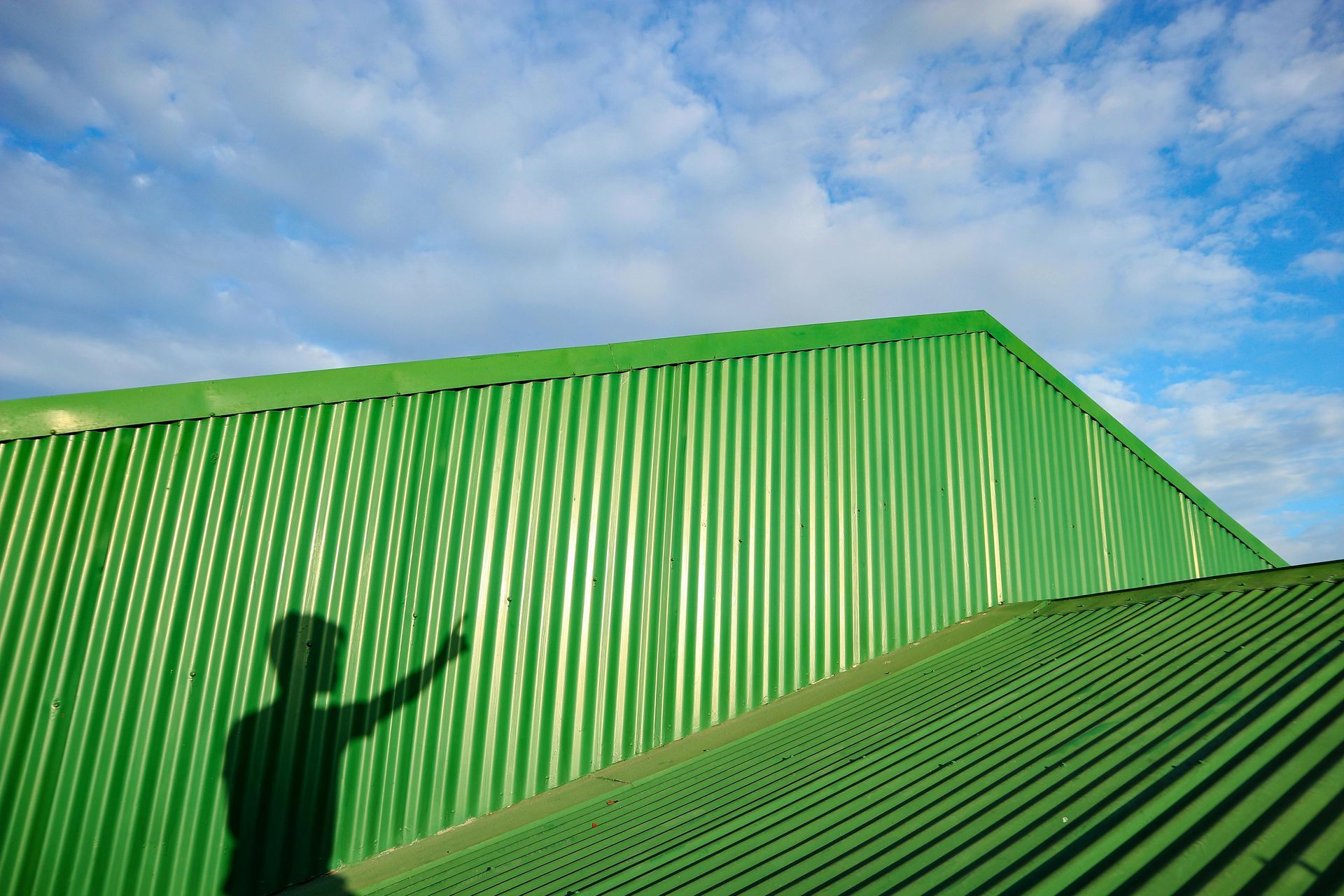
Our Roofing Blog
Have more questions about roofing?
Check out our FAQs or give us a call today to speak to an expert roofer in Vancouver Lower Mainland, BC. We're here to help our neighbours make educated decisions about their roof. For our team, we value helping clients save money while making their roofs last.
All Rights Reserved | Paragon Roofing BC | Web Design & SEO by Piiper Digital Solutions

